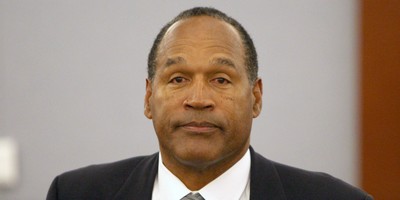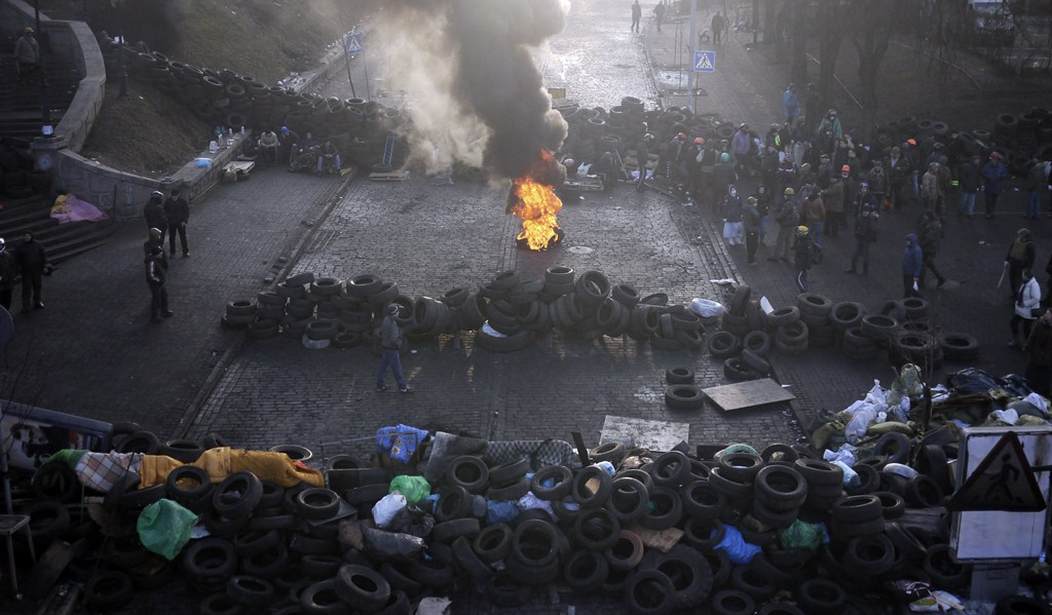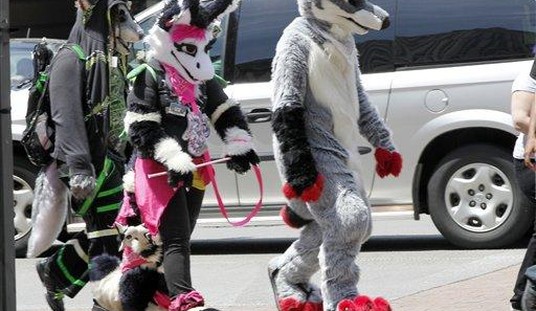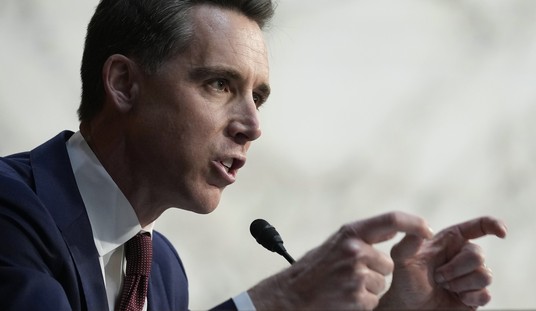South Korea-North Korea: On the morning of 20 February, 82 South Koreans set off by bus for North Korea's Mount Kumgang resort in Kangwon Province in eastern North Korea to meet family members from the North last seen more than 60 years ago. Around 180 North Koreans attended the reunion, reports said.
The reunions will continue through 25 February.
Comment: The last reunions occurred in 2010. Several points are worth noting. North Korea has kept to its promise to permit the start of the reunions. Allied annual military exercises will commence on 24 February. Monday is the next potential flash point.
Second, the North's documentation of its population is such that it is able to match separated families in the North with those from the South. This is impressive because the South Korean government selects the families to be reunited by lottery and conveys the information to the North.
Third, all the facilities at Mount Kumgang were built by South Korea and all the costs are paid by South Korea. What has not been reported is how much South Korea paid the North to ensure the reunions. Readers may be certain the South offered the North a financial deal it could not refuse.
Ukraine: Update. Two developments emerged from news reports. The security situation worsened in Kiev as violent protests escalated, including demonstrators reportedly kidnapping policemen; the killing of up to 70 people and allegations that violent unrest has occurred in 16 cities. Both sides escalated the street confrontations, but the sequence of events suggests the protestors started first.
Euronews reported all incidents of new unrest have been in cities west of the Dniepr. The east, it reported, remains calm.
The less-well reported development was the movement of army paratroops and/or special forces by train to Kiev. Some of these moves were reportedly blocked for a time.
Recommended
Comment: The electoral map from the February 2010 presidential election helps put the protests in perspective. The oblasts west of the Dniepr River, except Carpathia, voted for Yulia Tymoshenko. The River divides Kiev in half. Most districts in Kiev voted for Tymoshenko. However, all the oblasts east of the Dniepr, including those in Crimea, voted overwhelmingly for Yanukovych.
When the votes were counted, Yanukovych won clearly, which means the pro-Russian Ukrainians turned out to vote in larger numbers than the pro-Western Ukrainians. The election was close, but the point is that it showed the profound polarization or bifurcation of Ukraine.
That raises a question: where are the pro-Russian Ukrainians in the demonstrations? Central Kiev is on the east bank of the Dniepr River in Yanukovych territory, but his supporters have remained at home, almost certainly under orders.
When pro-Western Viktor Yushchenko was president seven years ago and Yanukovych was premier, there were street encounters between rival gangs. Those have not occurred, at least not yet. They might not, but their occurrence in the past is evidence that the government has not used all the tools it has available to control disorders.
Yanukovych has not called on them and almost certainly will not before the closing of the Sochi Olympic games. He also has not called on the army, the second largest in Europe, after Russia's.
Another point worth considering is that Russia has many mechanisms for manipulating events in Ukraine, most of which it has not applied. For example, one pressure point is Ukraine's reliance on imports of Russian oil products to keep its vehicles running, according to the US Energy Information Administration.
Beyond oil products, the economics of the unrest is the least reported, but, in the NightWatch judgment, one of the most important factors in the crisis. As the driving power in the European Union, Germany is deeply involved. This topic remains under research.
The point of this comment is that the threat indicators point to a significant escalation of street violence if the protestors persist. The Olympic fortnight looks to be the high water mark of the pro-western opposition.
End of NightWatch
###
NightWatch is brought to readers of Townhall Finance by Kforce Government Solutions, Inc. (KGS), a leader in government problem-solving, Data Confidence® and intelligence. Views and opinions expressed in NightWatch are solely those of the author, and do not necessarily represent those of KGS, its management, or affiliates.
A Member of AFCEA International
























Join the conversation as a VIP Member